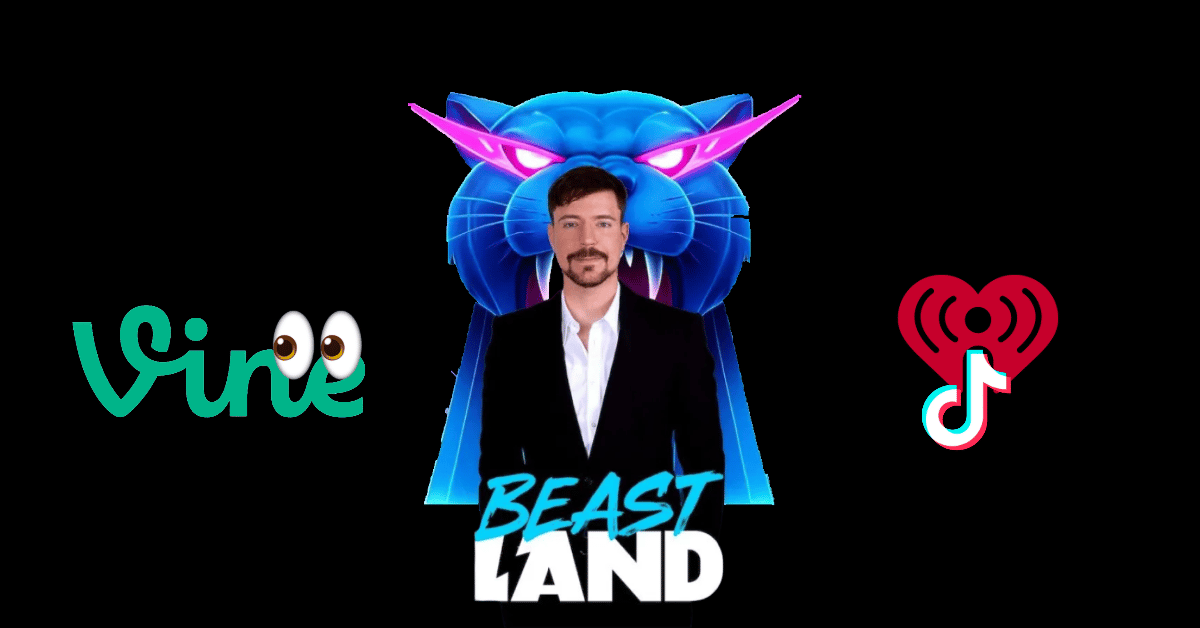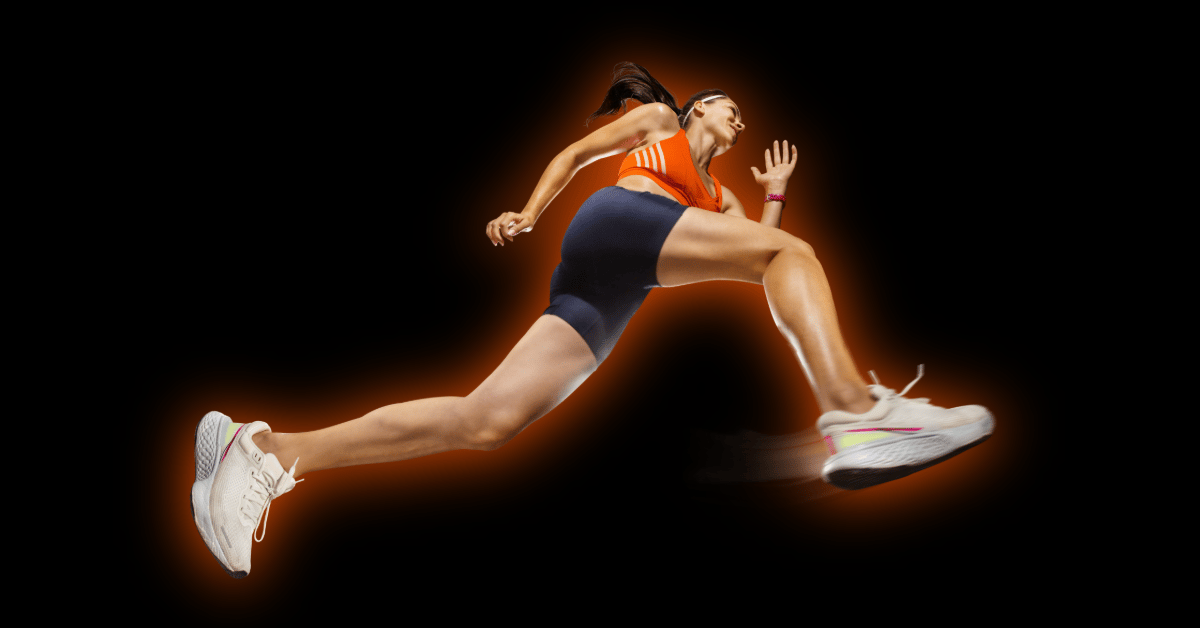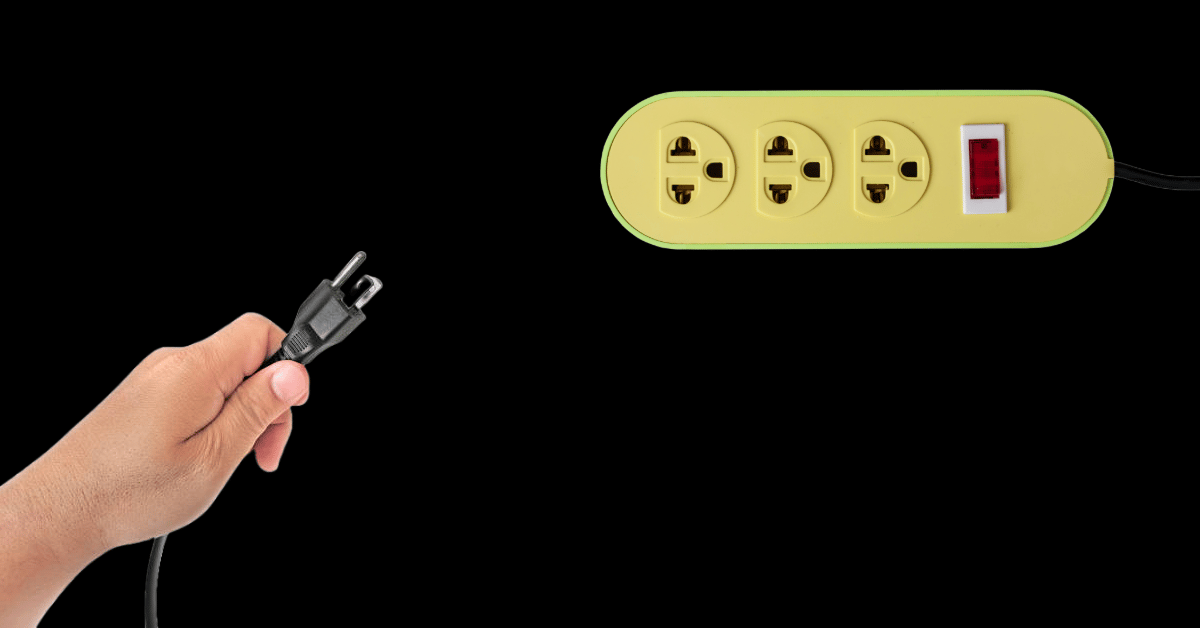
Against my will, I’m getting into running.
Yep, just like every other 20 or 30-something right now. Our team even started a run club (I’m for real). So besides enjoying that feeling of being justtt a little bit better than everyone else, why are people so obsessed with running these days? Well, for one, running’s something almost anyone can do. Plus, we’re all looking to get offline and connect with people IRL. And smart brands have definitely taken notice, happily jumping on the running bandwagon right along with us.
- Charlotte Ellis, Editor ♡
Learn how to pitch ideas so well, your clients will beg you to take their money.
You know the feeling. The client’s nodding politely, but their eyes have glazed over.
And it’s clear you haven’t just lost them. You’ve lost the deal.
Well, that doesn't have to be you anymore. Because in this 90-minute session taught by Nathan James, Executive Creative Director at The Attention Seeker, you’ll learn the real art of selling subjective ideas (from someone who’s worked with some of the world’s biggest brands).
If you want to know how to:
✅ Keep the room hooked from your first sentence to the final slide
✅ Nail the 3-nod method that gets instant buy-in, every time
✅ Use their objections to strengthen your pitch
...this workshop is for you.
Forget “we’ll think about it.” You’ll leave this session knowing how to make every client say, “please take my money.”
Thursday, 4 Dec | 8:30 - 10am NZT | $49
WHAT’S HAPPENING IN MARKETING TODAY?
Beast Land opens in Saudi Arabia, Vine rises from the grave (kinda) & TikTok launches podcast network

Beast Land opens in Saudi Arabia.
He’s probably just doing it because at 27, he sees how much I’ve achieved at age 29 and feels like he has to catch up. Nice try, James. Nice try.
"It's probably one of the best days of my life," James Donaldson, told Reuters ahead of the launch on Thursday, "One of the top requests I get is: I want to be in a MrBeast video... So now (we are) creating that in real life where you guys can come visit it and experience what it is like," he said.
The park does exactly that. Lit up neon blue, and filled with Donaldson's trademark over-the-top challenges, huge giveaways, and outrageous stunts, Beast Land is located in Riyadh, Saudi Arabia. The once ultra-conservative nation has recently developed into an entertainment hub, as Prince Mohammed bin Salman tries to diversify away from oil and transform society. Unsure if going Beast Mode is the catalyst for transformation, but all props to them.
Vine is back, I REPEAT, VINE IS BACK.
Okay, kind of. But YAY finally some actual good news. The OG king of short form is looking to snatch the crown back from TikTok nearly nine whole years after Twitter (its parent company) shut it down, with a brand new app: Divine. The app is being funded by Twitter co-founder Jack Dorsey and early Twitter employee Evan Henshaw-Plath. So yeah, the gang's getting back together, and they’re coming for the one thing everyone hates on socials right now: AI slop.
Divine will feature more than 100,000 archived Vine videos, according to a press release shared with CNET. Users will also be able to create new content, but not if they plan to use any generative AI to do so.
"I want to show people that we don't need to settle for this dystopia," Henshaw-Plath said in a press release, "with apps like Divine, we can see the alternative."
I just squealed with joy.
Do we think the dangly earring bros and podcast bros will amalgamate into a whole new species? Stay tuned. For now, the two companies are teaming up to launch the TikTok Podcast Network, which is rumoured to result in up to 25 new shows made by creators.
According to The Hollywood Reporter, iHeartMedia and TikTok will establish co-branded facilities in New York, Los Angeles, and Atlanta, where creators will be able to record both audio and video versions of their podcasts.
-Sophie Randell, Writer
HEY YOU (YES YOU)
Do you want to know how to create a viral content series?
We’re looking for marketing agencies who want to learn how to do big numbers on social—not just for themselves, but for their clients. It’s not unusual for brands we work with to go from 0 to 100,000 followers in a couple months. Right now, we’re taking expressions of interest for our Cohort Intensive Workshop for agencies. Just reply to this email and let us know you’re keen.
DEEP DIVE
Why brands are suddenly obsessed with running

Idk if y’all have noticed, but sports are having their absolute moment.
Between the NBA’s content factory, women’s football breaking records, and Formula 1 turning into a reality show, brands are all over sport like a cheap suit. But amid all the big-league noise, one surprising contender has sprinted ahead, quite literally: running.
From marathons to morning run clubs, running has become the sport of the moment, and brands are lacing up to join in. Why am I writing about this when I can’t and won't run to save my life?
Well, looking at the NYC Marathon this year, to me it looked more like a brand expo than a race. I saw energy drinks like Celsius and C4 setting up immersive pop-ups and recovery lounges, and I realised one thing is crystal clear: the running boom reeks of potential.
But what’s really going on here? In my opinion, the boom is less about fitness and more about participation.
Hear me out: for decades, brands have built their sports marketing around fans: the spectators in the stands, the people who buy jerseys like it’s a tradition, then stream and record games, and argue about stats at the family dinner table.
That audience is still valuable. But they’re increasingly being joined (and in some ways outshined) by the participants, the ones actually getting off the couch, wiping their Cheeto hands, and getting into the action.
Running has become the clearest expression of that shift.
You don’t need a team, a court, or even much coordination. Just shoes, Spotify, Strava, and a bit of motivation.
The barrier to entry is low, but the social payoff is high. Post-pandemic, running clubs and local marathons have exploded as people look for a sense of community that doesn’t involve a screen. It’s sport as connection, not competition. Which makes it a whole new playing field (I’m sorry, these puns are terrible.)
It’s also a big cultural unlock for brands.
The old playbook of logos on stadiums and commercials during halftime was always about visibility. The new playbook is about belonging. Brands are no longer just sponsoring athletes; they’re joining communities. Like Nike Run Club, On’s city events, or Lululemon’s weekend yoga events. They’ve moved away from broadcasting and into participating.
This shift is also psychological. Running sits right at the intersection of wellness, self-expression, and identity. No one cares if you’re the fastest; it’s just about being a runner. A runner who’s disciplined, motivated, and probably has an early-morning iced coffee ritual while you’re still fighting your sleep paralysis demon off.
For brands, that’s gold. Running lets them sell aspiration without elitism, and community without cliché.
And it’s not limited to fitness brands either. Beauty, tech, and lifestyle companies can all find relevance here. If your product helps someone feel better, perform better, or connect with others, you have free rein to play in the participation economy.
The trick is to stop thinking in impressions and start thinking in experiences. People don’t want to watch your brand cheer from the sidelines. They want to run with it.
There’s also a generational angle.
Gen Z and younger millennials aren’t satisfied being spectators. They grew up already blurring the line between creator and consumer, and now they’re doing the same with sport.
Why just watch a marathon when you can train for one? Why just follow an athlete when you can join their Strava group? It feels more authentic and genuine, because it is. And the self-improvement that comes along with it is just an added bonus.
The opportunity for brands is to meet people where the action really is.
Which is the 6am start line, the community WhatsApp chat, the sweaty post-run café selfie. Sponsor that part. Build that experience.
And okay, maybe we are all just running away from our problems. But if y’all are smart, you’ll be right there next to us, pacing, hydrating, and handing out electrolytes along the way.
-Sophie Randell, Writer
TREND PLUG
It's got wabi-sabi

In one way or another, we've all got some "wabi-sabi" in our lives.
Per Wikipedia, wabi-sabi is a feature of traditional Japanese aesthetics that centres on "the acceptance of transience and imperfection". In other words, it's all about loving things for their flaws.
It's a concept that inspired a scene in the 2002 King of the Hill episode "The Son Also Roses", where Bobby defends an imperfect rose he grew over the "perfect" rose preferred by his dad Hank:
Hank [pointing at a rose]: "This one's perfect." Bobby [gesturing at a different rose]: "But I like how mine's a little off-centre, it's got wabi-sabi."
Their dialogue's been trending on TikTok and has being used to describe a multitude of things that "got wabi-sabi". Whether it's eccentric snow-loving boyfriends or gaps in your front teeth, there's some wabi-sabi just about anywhere you look.
How you can jump on this trend:
Either put the camera on yourself and lip-sync with Bobby's part of the audio, or just film the person/thing that's wabi-sabi. Then, add onscreen text in quote marks representing Hank (i.e. the statement you're arguing against).
A few ideas to get you started:
Your desk is cluttered and filthy
You left crumbs on the kitchen table, can you clean them up?
Your campaign proposal deck has the wrong colours and typos
-Devin Pike, Copywriter
FOR THE GROUP CHAT
😲WTF: Black magic used?!
✨Daily inspo: life is like a…
😊Soooo satisfying: Slimy strawbz
🍝What you should make for dinner tonight: Heaven in one single pan
ASK THE EDITOR

I'm the founder of a start-up. How do I grow my email database? -Rach
Hey Rach!
There are so many ways you can go about getting people onto your email list. First, you could consider creating some gated content. This should be something especially valuable that requires your audience to enter their email to get access. Then, you can use social media to get the word out about these resources. Another way to get email sign-ups is to do some free webinars for your target audience. You can promote these on LinkedIn and require an email to register.
Since you're just starting out, you should definitely be going to as many networking and industry events as you can, too. You may not collect emails from the people you meet (although you might), but connect with your new contacts on LinkedIn and stay in touch there. Building up a database will be a slow grind, but the more you get out and meet people, the faster your network will grow.
- Charlotte Ellis, Editor ♡
